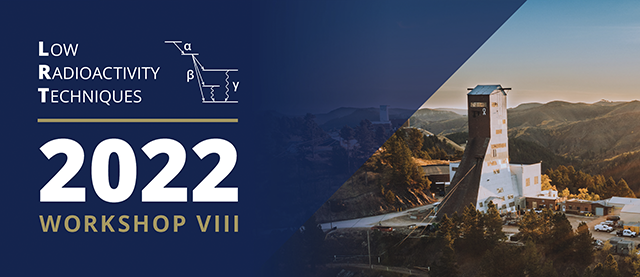Speaker
Description
The nuclear isomer 180mTa has yet to have an observed decay as it has an expected half-life of over 1015 years—which is much longer than the current age of the Universe. The conditions necessary to detect such a rare event exist only in ultra-clean, radio-silent detectors, such as the MAJORANA DEMONSTRATOR. The uniqueness of this isomer arises from the nature of its stability: the isomeric state of 180mTa is more stable than its ground state; in recording the decay of 180mTa, more accurate nuclear models can be created. Furthermore, if recorded, constraints can be applied to certain dark matter candidates, as some are expected to couple to the nucleus of atoms. This coupling would cause a forced deexcitation from the isomer to the ground state. If this deexcitation were not to be observed, better constraints could be applied to current dark matter models.
In the current attempt to detect the 180mTa decay, 15 kg of high-purity Ta disks will be placed within the germanium array at the core of the MAJORANA DEMONSTRATOR. They will remain there for one year while data is collected; the decay of 180mTa can be identified by the energy of the gamma rays emitted. The Ta disks will be arranged within seven different strings, five of them containing 34 disks and the other two containing 12 disks. The former arrangement will be divided into four stacks of disks, each separated by a germanium detector, while the latter will be divided into three stacks of disks also each separated by a germanium detector. Ultra-pure electroformed copper plating will act as the support structure of these strings.

